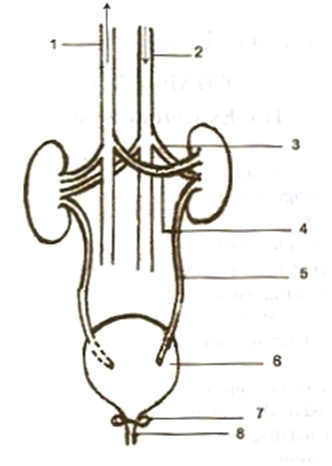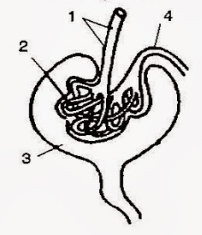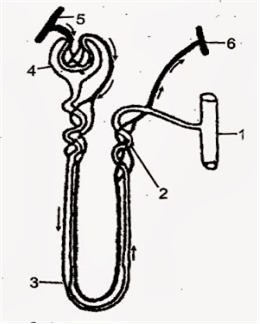Differentiate between the following pairs on the basis of what is mentioned within brackets:
(v) Bowman's capsule and Malpighian capsule (parts included)
| Bowman's capsule | Malpighian capsule |
| Bowman's capsule is a cup-shaped body which continues as a body of tubules. |
Bowman's capsule and glomerulus together are called Malpighian capsule. |








